Introduction
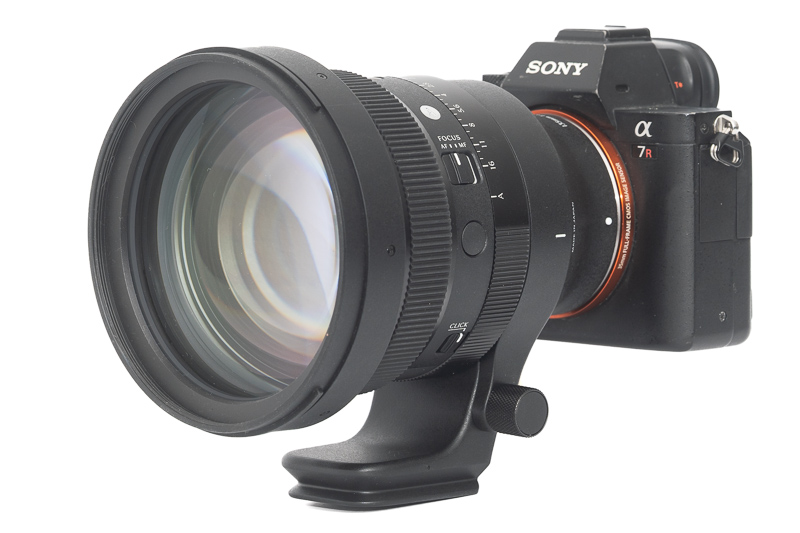
The Sigma 105mm 1.4 DG HSM Art was one of Sigma’s last flagship lenses designed for DSLRs and one of the few that hasn’t seen a successor designed for mirrorless cameras yet. If you read my review, you know it is an impressive lens, but I still had some reservations calling it the “Bokeh Master”. Now I get the feeling someone at Sigma read my comment and decided to take it as a challenge by designing this Sigma 135mm 1.4 DG Art – the actual “Bokeh Master”. To me, this is one of Sigma’s masterpieces, so let’s have a closer look!
Sample Images




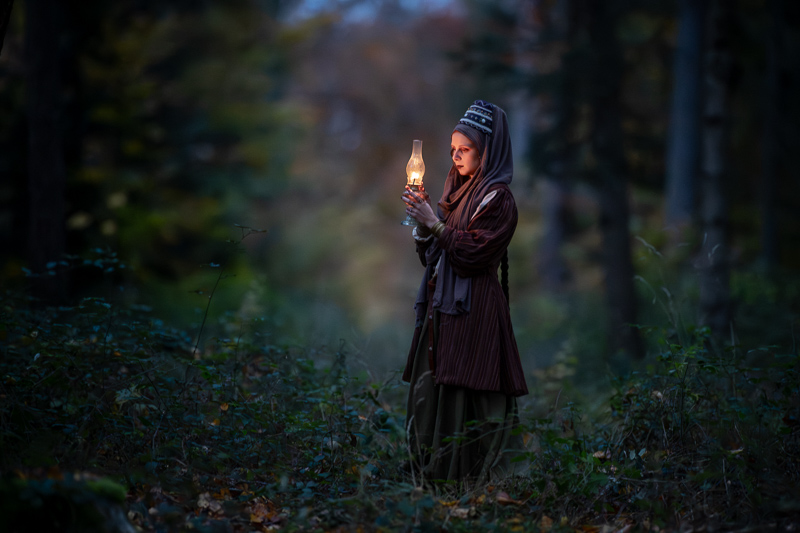

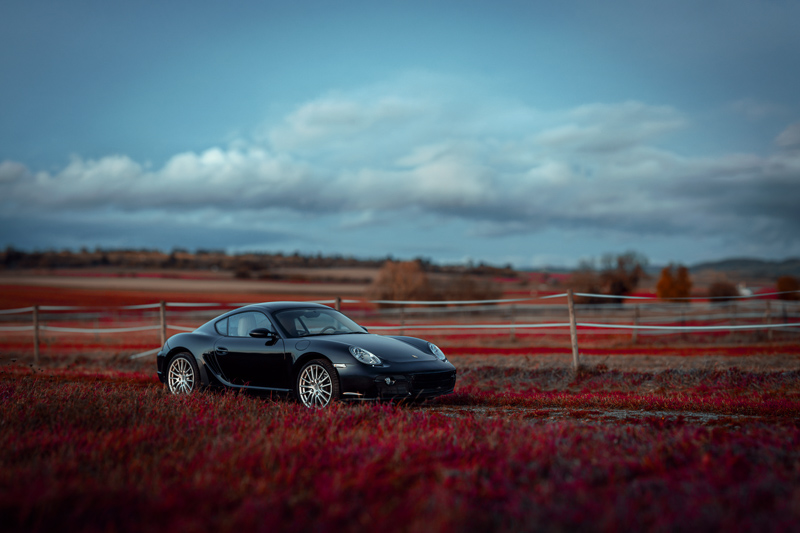
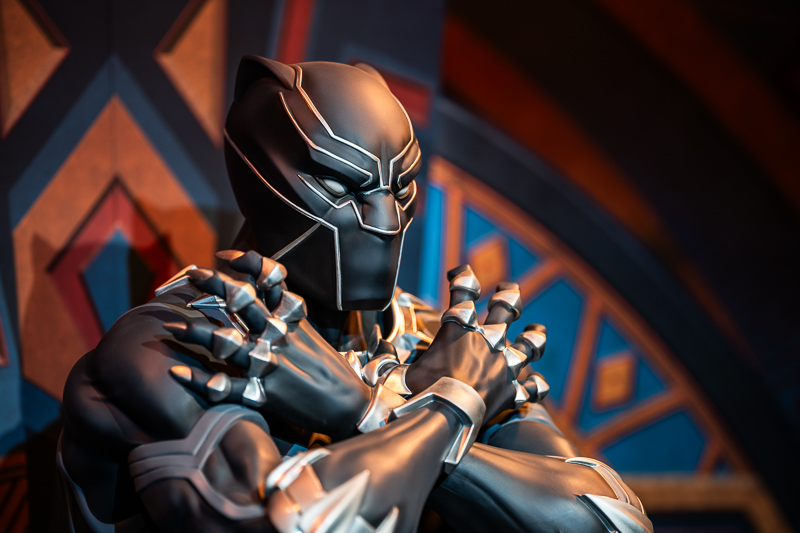
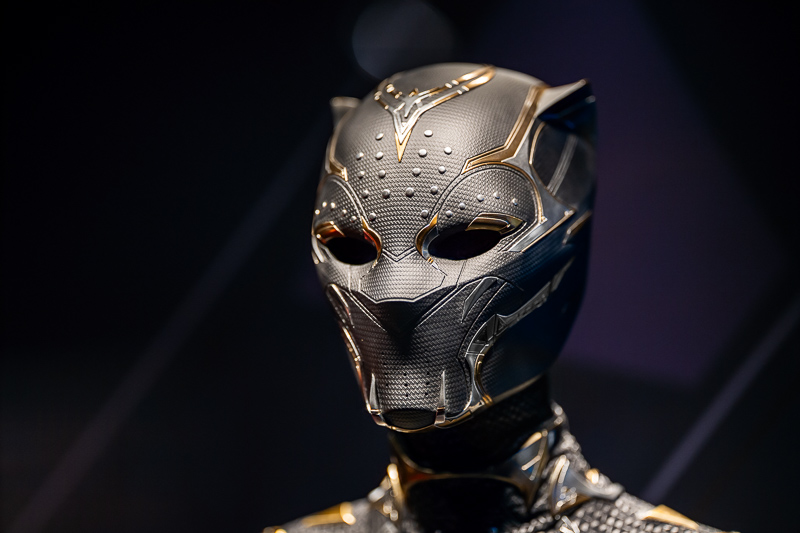
You can find many of the sample images in full resolution here.
Contents
Specifications
After the Zhong Yi 135mm 1.4 Speedmaster this Sigma 135mm 1.4 DG Art is only the second non-cine 135mm lens as fast as f/1.4 and the first one that comes with autofocus. It is available for E-mount and L-mount and the E-mount version I am reviewing here has the following specifications:
-
- Diameter: 112 mm
- Field of view: 18.2° (diagonally)
- Length: 135 mm
- Weight: 1316g (without hood[121g], without tripod collar[104g], without rubber cover[19g], without caps)
- Filter Diameter: 105 mm
- Number of Aperture Blades: 13 (rounded)
- Elements/Groups: 17/13
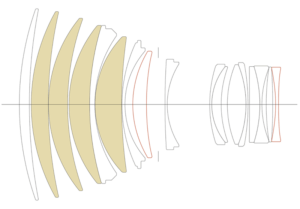

- Close Focusing Distance: 1.1 m
- Maximum Magnification: 1:6.4 (measured)
- Released: October 2025
- Mount: E-Mount, L-Mount
buy from Amazon.com | Amazon.de | ebay.com | ebay.de | B&H (affiliate links) for $1899
Handling/Build quality

In 2025 Sigma made some changes to the styling of their products and also their packaging. The outer casing (including the filter thread) still seems to be mostly made from high quality polycarbonate, but they changed the finish a bit. It is more structured now, which is best visible in the picture above near the bayonet. The rubber gasket close to the bayonet is also still there, but it is very thin now.
The manual focus is by wire and it takes about 220° from the minimum focus distance (1.1 m) to infinity. Personally I prefer the mechanical coupling and the physical distance scale of the Sigma 105mm 1.4 DG HSM Art here, but these are not things you can find in today’s autofocus lenses anymore.
A huge lens hood that is made from the same type of high quality polycarbonate is also part of the package which can also be mounted reversed for transport. Sigma got rid of the locking screw found on the hood of the Sigma 105mm 1.4 DG HSM Art, instead there is just a small release button like on the hood of the Sigma 35mm 1.2 DG DN Art.
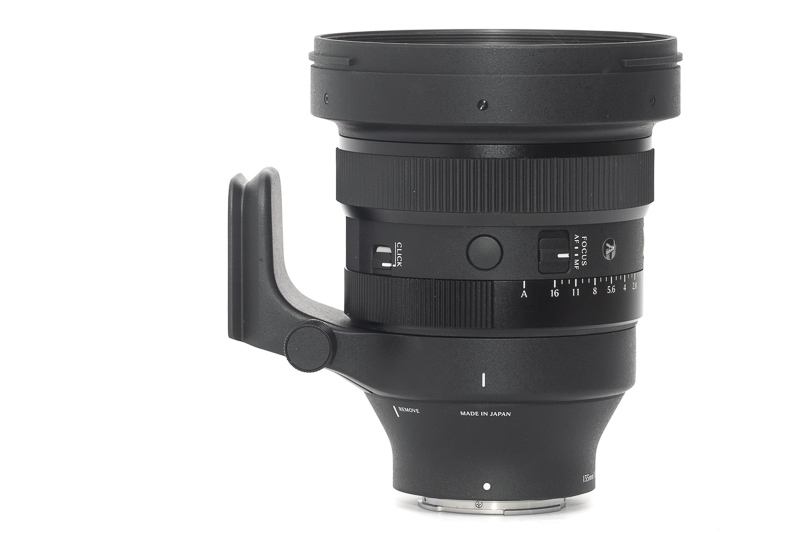
The lens comes with a removable tripod collar. What is really amazing: it features an Arca Swiss profile from the get go, so no need to buy a replacement collar.

If you don’t need the tripod collar you can attach a rubber ring instead, which is also a very thoughtful addition.
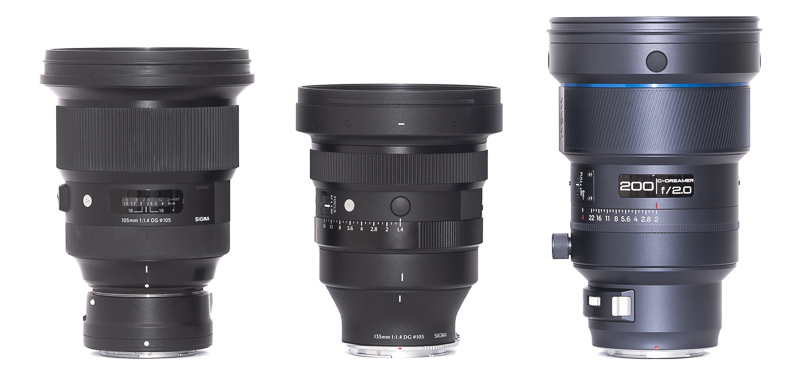
Considering its specifications, this lens is actually smaller than it should be. It is smaller and 200g lighter than the Sigma 105mm 1.4 DG HSM Art despite having a 30% bigger entrance pupil and it is only 70g heavier than the Viltrox AF 135mm 1.8 FE LAB, which is hard to believe considering this Sigma is 2/3rds of a stop faster. A true engineering tour de force.
There is one more thing: Sigma’s new packaging introduced in 2025 is actually really nice. I find unboxing videos and fetishizing over packaging and boxes rather pathetic, but here I feel it is in fact worth mentioning. There is also a small booklet included talking about Sigma’s “Art of Engineering” which is a nice touch and certainly adds to the feel of having bought a premium product. A shoulder strap that can be attached to the tripod collar is one more accessory to be found in the box.
AF performance
I am not shooting sports or fast moving animals/humans so if you want to know if the lens is fast enough for this, or how it compares to other lenses in this segment, you may have to look for a different review with a more detailed assessment of this aspect.

The AF was always fast and accurate and completely silent. I also tried this lens with the Megadap ETZ21pro on my Nikon Zf and it generally performed well, in low light scenarios I saw some more hunting though.
Vignetting
light falloff

| f/1.4 | 1.9 EV |
| f/2.0 | 1.1 EV |
| f/2.8 | 0.8 EV |
| f/4.0 | 0.5 EV |
| f/5.6 - f/16 | 0.3 EV |
In the previous section I just told you that this lens is smaller and lighter than I would have expected, so I was afraid we would see noticeably higher vignetting figures than from the Sigma 105mm 1.4 DG HSM Art with its oversized front element (for a 105mm f/1.4 lens a front element diameter of 75mm is needed, yet it features a 92mm one).
As it turns out, that fear was uncalled for: this 135mm 1.4 shows the same vignetting figures at shared apertures as the Sigma 105mm 1.4 DG HSM Art and the huge Zhong Yi 135mm 1.4 Speedmaster, making its size and weight all the more impressive.

It is recommended to have a look at this article first to get an idea how this brightness graph works.
optical vignetting
Fast lenses usually show a noticeable amount of optical vignetting. Without going too much into technical details optical vignetting leads to the truncation of light circles towards the borders of the frame.
In the center of the frame almost every lens will render a perfect circle, but only lenses with very low optical vignetting will keep this shape in the corners.
So in the following comparison we move from the center (left) to the extreme corner (right) and see how the shape of the light circle changes.
I did not shoot theses lenses side by side, so the sizes of the circles are not directly comparable.
In this category the Sigma 105mm 1.4 DG HSM Art with its oversized front element performed very well. To my surprise this Sigma 135mm 1.4 DG Art shows a similarly low amount of optical vignetting. Only at f/2.0 the 105mm’s defocused light circles located in the corners are slightly less truncated.
Despite the usage of two aspherical elements – one of them with a high diameter even – I do not see any onion ring structures in this Sigma’s out of focus highlights. Impressive.
Sharpness
MTF-Graphs
The MTF graphs promise an amazing image quality over most parts of the frame with only little astigmatism. Towards the corners we see a slight drop in image quality. Let’s see about the actual performance in the following sections.
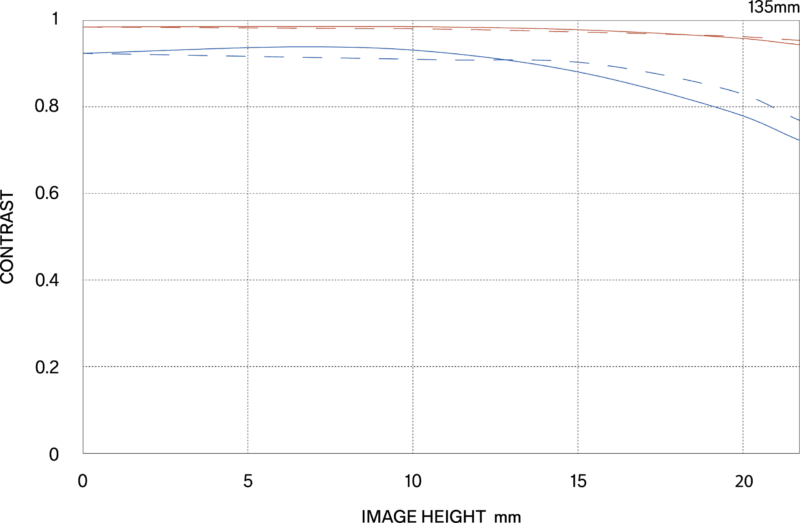
Most MTF-Graphs show calculated values that do not take into account manufacturing tolerances and sample variation. Furthermore they are usually calculated for infinity, so in the field and shooting at different distances a noticeable variation may be visible.
Focus Shift
Modern mirrorless cameras usually focus at working aperture, so focus shift isn’t really a problem here anymore.
I still check for it and at close distances I noticed a low amount of focus shift on stopping down from f/2.0 to f/2.8. This is not enough for the subject to drop out of the focal plane, so nothing to worry about.
At this close distance we also see a low amount of bokeh fringing.
infinity (42mp Sony A7rII)

Heat haze and vibrations can have a big influence here.
At infinity we see an impressive performance. Already at f/1.4 everything looks very good everywhere in the frame. If you like to split hairs, peak across frame performance is reached somewhere between f/4.0 and f/5.6. I certainly wouldn’t mind using this lens at f/1.4 at infinity if needed though.
portrait distance 3.0 m (42mp Sony A7rII)
For portraiture it isn’t so important how flat the field is, it is more interesting to see what the sharpness is like when focused at different parts of the frame to take field curvature out of the equation.
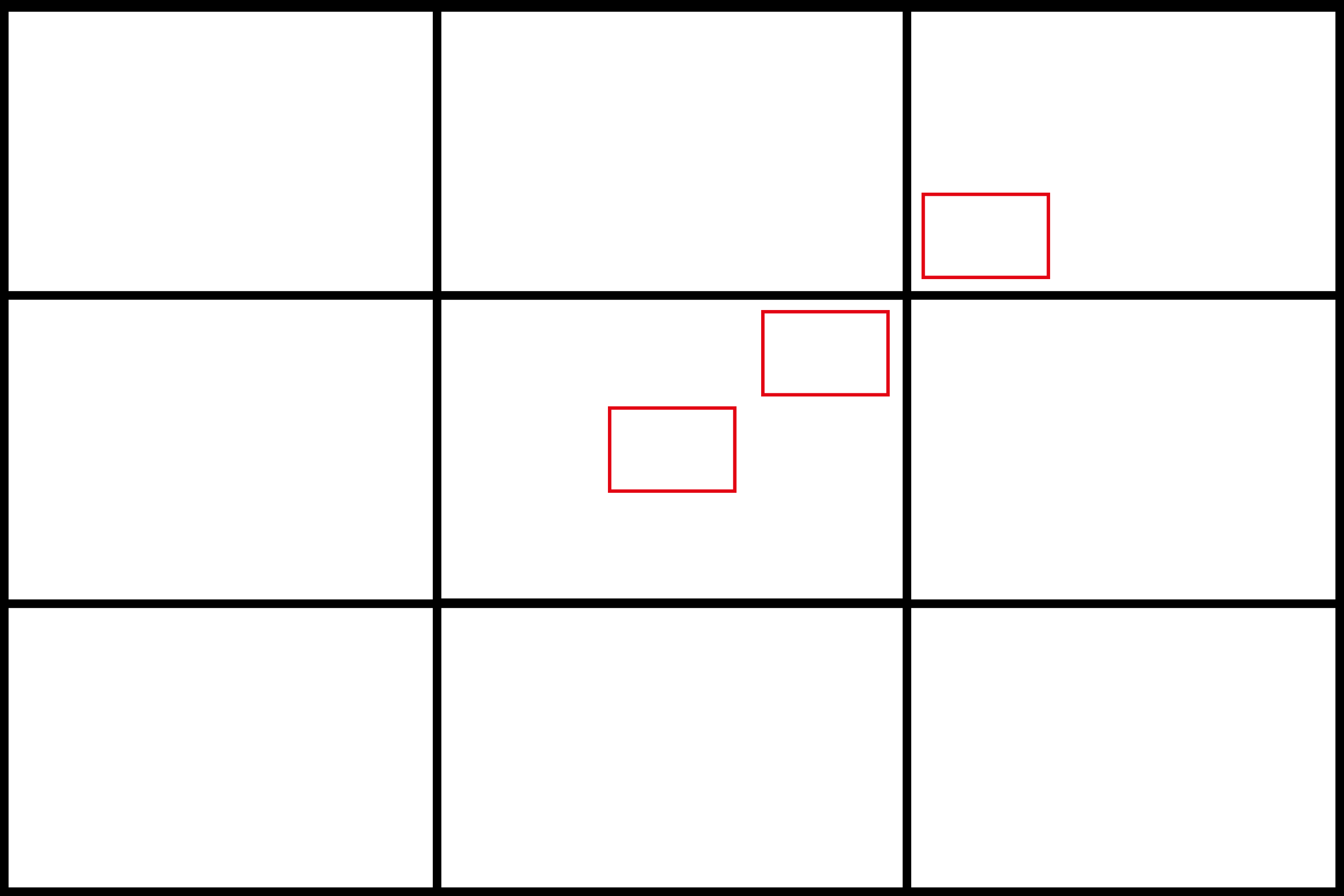
This is what I did here, I refocused for every shot and aperture to get the best possible result at different locations in the frame (center, inner midframe and outer midframe).
Focus distance was roughly 3.0 m and the circle of the dollar bill is more or less the size of a human eye.
f/1.4 <————> f/2.0
Comparing the performance here to the Sigma 105mm 1.4 DG HSM Art we notice something interesting: while the 105mm already showed Moiré everywhere at f/1.4, this 135mm doesn’t, which means it might not offer as crazy resolution figures at f/1.4 as the 105mm lens.
This is hardly a field relevant difference though and might even point at a more favourable (read: softer) rendering for potraits at f/1.4.
Stopped down to f/2.0 we see crazy high resolution and contrast, easily outperforming the Samyang AF 135mm 1.8 FE and the Viltrox AF 135mm 1.8 FE LAB at f/1.8.
close 1.1 m, 1:6.4 (42mp Sony A7rII)
A disadvantage of this f/1.4 lens over its f/1.8 competitors is its worse minimum focus distance of 1.1 m and therefore worse maximum magnifcation of 1:6.4. The Sony FE 135mm 1.8 GM, Samyang AF 135mm 1.8 FE and Viltrox AF 135mm 1.8 FE LAB all offer a maximum magnification of 1:4.0.
From f/1.4 to f/2.0 this lens is a bit softer, so if you are looking for maximum image quality at the minimum focus distance you may want to stop down to f/2.8. That being said, in the field with three dimensional subjects I was perfectly happy with this lens’ performance at f/1.4 at close distances.
Flare resistance
As always evaluating flare is a complex matter since you can get any lens to look bad if you push it hard enough and a slight change of scenario can affect results a lot.
If you are a regular reader you are already aware: fast tele lenses rarely perform well in this category thanks to their huge front elements. Now I do know that Sigma puts a lot of effort during the design phase to mitigate flare and ghosting, so let’s have a closer look if they succeeded.
At f/1.4 ghosting hardly is a problem, with a strong light source outside the frame you may catch some veiling flare though.
Stopped down to f/8.0 we can actually spot some small and rather unobtrusive ghosts and we can still encounter veiling flare with strong light sources outside of the frame.
Comparing the Sigma 135mm 1.4 DG Art to all the other lenses with a ~100mm entrance pupil size I have reviewed, this is the best performance I encountered so far by quite some margin.
I also did several with and without hood comparisons and I found this lens to perform just as well without the hood. Not something I can say about a lot of tele lenses, but good news, as you will often be able to leave the huge hood at home.
Coma
There are only minor Coma artefacts visible, even at f/1.4. The Sigma 105mm 1.4 DG HSM Art was specifically designed for astrophotography and again – despite its bigger entrance pupil – this 135mm 1.4 performs at least as well.
And also here it performs as least as good at f/1.4 than the slower f/1.8 lenses at their maximum aperture.
Distortion
With the Sigma 85mm 1.4 DG DN Art, Sigma already accepted some residual distortion to realize a more compact lens. Here they chose the same approach, again leading to an unusually high amount of pincushion distortion for a 135mm lens. The distortion pattern is uniform though, so it is easily corrected by dialing in -7 in Lightroom/Photoshop.
With pincushion distortion you lose a bit of horizontal and vertical viewing angle due to the correction, keep that in mind and don’t frame your shots too tight.
Bokeh

If you are interested in this lens, there is a high likelihood it is because of its amazing bokeh capabilities made possible by that huge entrance pupil. Until now an entrance pupil size of 100mm is something you could only find in tele lenses starting at 200mm focal length and in the exotic Zhong Yi 135mm 1.4 Speedmaster. Let’s find out in this section, what the bokeh created by a lens like this looks like.
Close distance


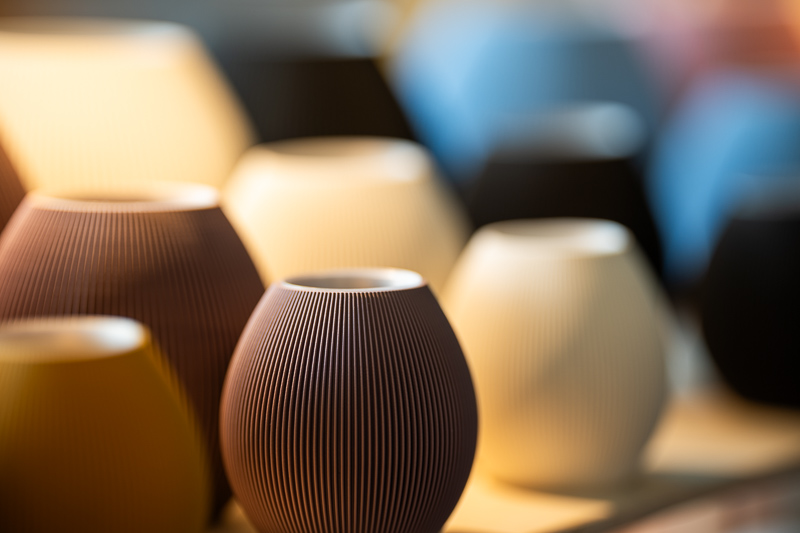
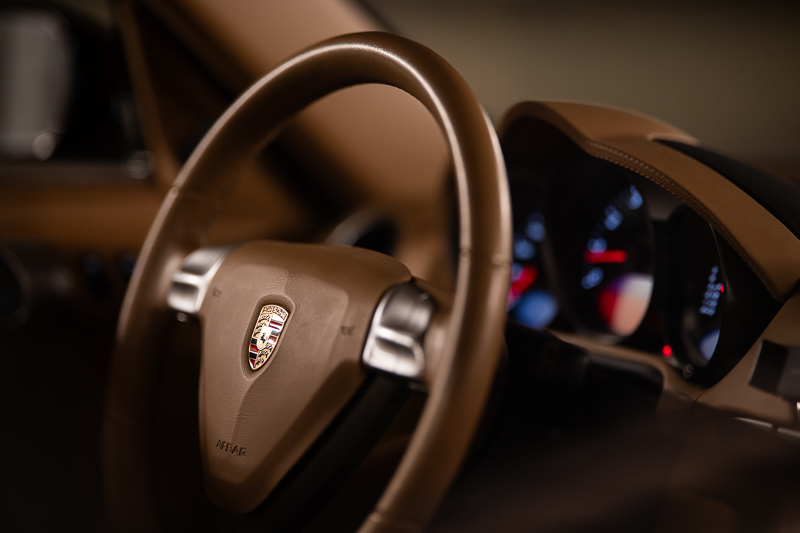
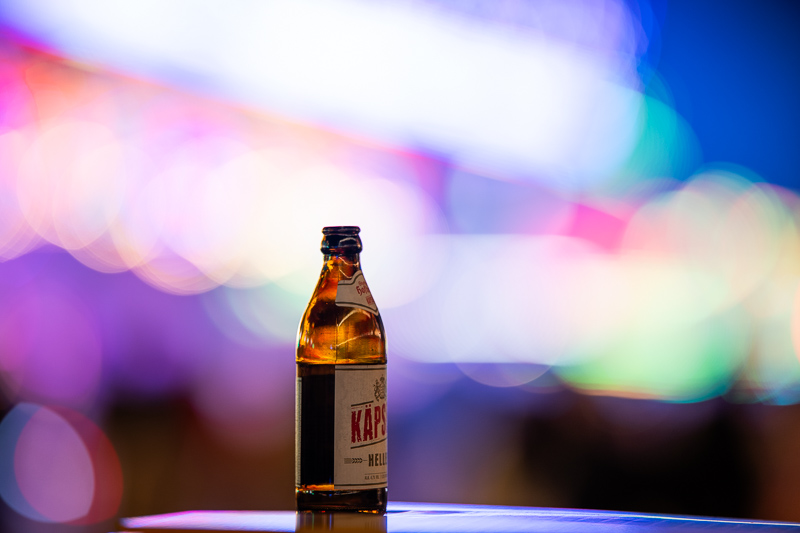
At close distances – and this shouldn’t come as much of a surprise – this lens completely obliterates the backgrounds. As pointed out before, optical vignetting is surprisingly well behaved and defocused light circles in the corners still take on natural shapes.
Medium distance



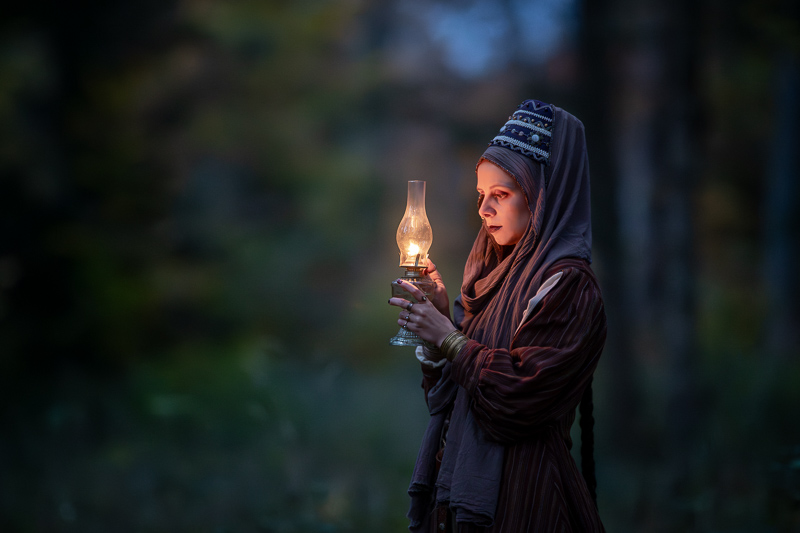
In a 135mm lens, the difference between a maximum aperture of f/1.8 and f/1.4 is pretty huge, leading to noticeably and visibly stronger blur from the f/1.4 lens.
I honestly cannot find any flaw with the bokeh rendering of this Sigma 135mm 1.4 DG Art. Next time I am shooting a wedding, this will certainly be one of my two main lenses, as it creates smooth undistracting backgrounds even in difficult scenarios.
Long distance


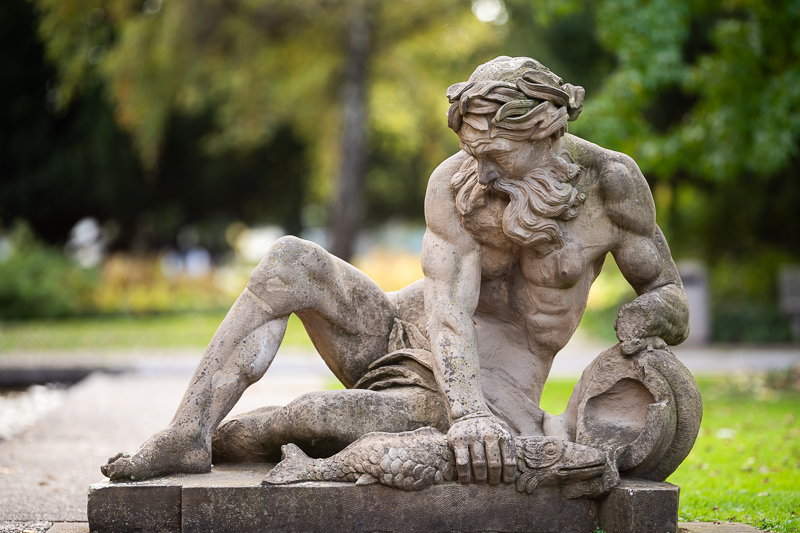


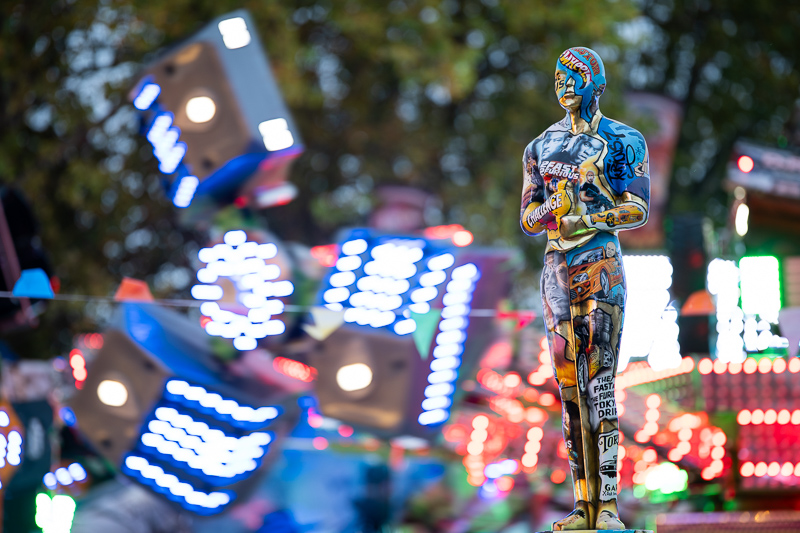
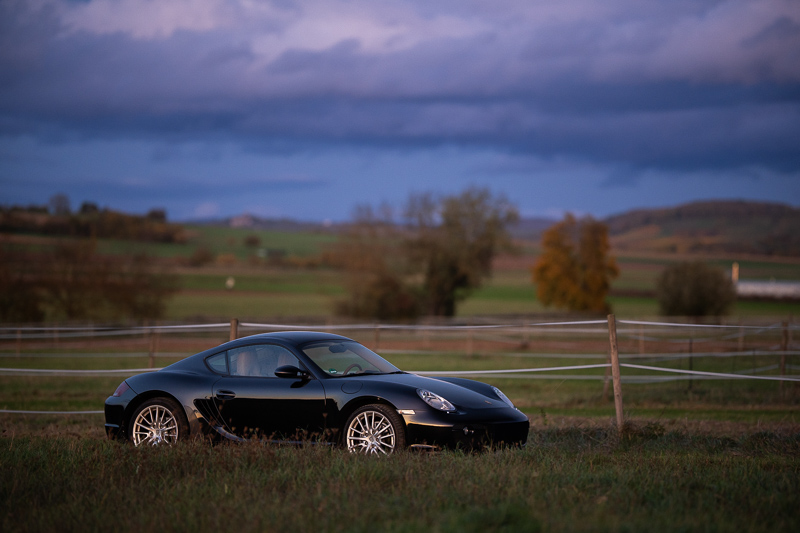
At longer focus distances this lens creates a look we would rather expect from longer tele lenses: you can make a subject stand out in a crowd and do so even with unfavourable distance relations between subject and background.
Brenizer/Bokehpanoramas

I know that many people who like to do Brenizer/Bokehpanoramas chose to use one of the 200mm 2.0 lenses, as they used to be the shortest lenses with such a big entrance pupil. With this 135mm lens featuring the same entrance pupil size, you can significantly reduce the number of pictures needed to create the viewing angle you are looking for.
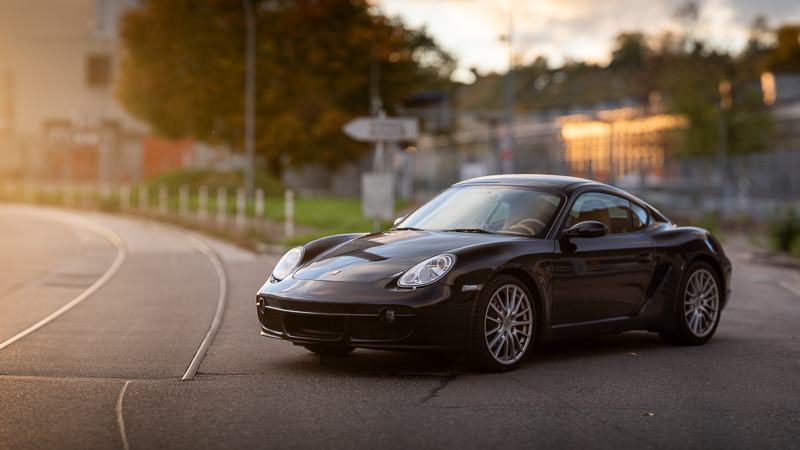
Even with just a simple single row panorama you can create impressive results for which a multi row panorama would have been needed with a 200mm 2.0 lens.
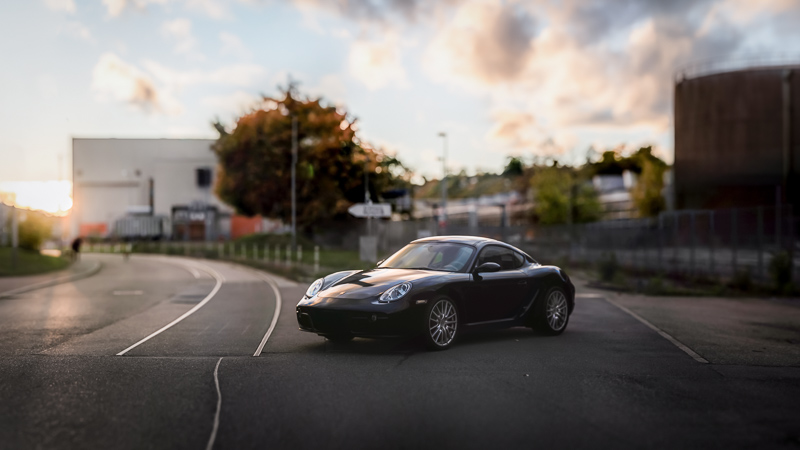
And if you are looking for that shallow depth of field wide angle look, you can now get there with less effort.
Compared to: Sigma 105mm 1.4 DG HSM Art
The focal length differs by about 30%, so direct comparisons are not exactly possible. You will find some scenes where I took pictures from the same position and cropped the 105mm 1.4 pictures to an 135mm 1.8 equivalent (which also tells you how it will compare to one of the slower 135mm 1.8 lenses) and there are also scenes where I got closer with the 105mm – to get a better idea what the rendering will be like with same object sizes – which is probably a more realistic and therefore useful comparison for most scenarios.
Scene 1
Scene 2
Scene 3
Scene 4
Scene 5
Observations
First thing we notice is, there is definitely a visible difference between a 135mm 1.4 and a 135mm 1.8 lens (which equals the cropped 105mm 1.4 pictures) in terms of subject separation.
If we move in a bit closer with the 105mm 1.4 to get the same subject size as with the 135mm, the change in viewing angle is probably more meaningful than the slight differences in blur.
In terms of bokeh rendering these two lenses are also very similar. The 135mm appears a tad smoother to me, but you need to look very closely for that. In Scene 5 the 135mm shows less artefacts around the point light sources though.
Compared to: Nikon AF-S 200mm 2.0G IF-ED VR
As said before a 200mm 2.0 lens has a very similar entrance pupil size as a 135mm 1.4 lens. This means, you can create the “same” (in terms of perspective and depth of field) picture when cropping a 135mm 1.4 picture to give the same framing as the 200mm 2.0 lens.
Scene 1
Scene 2
Scene 3
Observations
Generally, the bokeh created by these two lenses is extremely similar when you crop the 135mm 1.4 pictures to the 200mm 2.0 framing. Even in a direct comparison like this I would hardly be able to tell them apart.
If looking very closely we see stronger vignetting from the 200mm lens – which was to be expected, as we cropped out the outer parts from the 135mm lens. We also see that the Nikon lens creates slightly bigger highlights in the central part of the frame. According to the patent the Nikon is a 195mm f/1.84 lens when set to infinity, according to its front element diameter the Sigma should be an f/1.45 lens, so that should account for these small difference.
In Scene 1 in the detail crops we can see quite well that the Nikon’s out of focus highlights are “longer” but also “thinner” towards the borders and corners. Longer because of the slightly bigger f/Stop, thinner because of stronger optical vignetting compared to the cropped 135mm picture.
Understanding the physics involved, it was no surprise to me that the 135mm 1.4 cropped will look very similar to the 200mm 2.0, but then I did not expect them to be that close in terms of overall rendering of the bokeh.
Sunstars
I think this is the first lens I reviewed that features 13 aperture blades and generally the only lens I am aware of that features an automatic aperture diaphragm with such a high number of blades. This is generally great news for the bokeh rendering, as this really helps to keep those highlights nicely round when slightly stopped down. For sunstars though, it is not that great news as we can see here: even stopped down the sunstars are not well defined and made of rays of uneven length.
If you want to learn more about this topic have a look at this article.
Chromatic aberration
lateral
Sigma didn’t use all these special glass elements for nothing, there are no lateral CA to be found here.
longitudinal
In the focus shift section we saw a low amount of bokeh fringing at close focus distances, at longer distances – as shown here – it is corrected pretty much perfectly though.

Unsurprisingly for a lens as complex as this also purple fringing around high contrast edges is nowhere to be found.

Conclusion
good
|
average
|
not good
|
During the DSLR era Sigma released some impressive f/1.4 primes, the most impressive ones were probably the Sigma 40mm 1.4 DG HSM Art and the Sigma 105mm 1.4 DG HSM Art. These lenses had one major disadvantage though: compared to lenses with similar specifications they were huge and heavy.
Now, don’t get me wrong: a 135mm lens with a maximum aperture of f/1.4 can never be compact, as those specifications demand a front element diameter of almost 100mm. That being said: this Sigma 135mm 1.4 Art is surprisingly small and lightweight. The Zhong Yi 135mm 1.4 – currently the only other non-cine 135mm 1.4 lens – is almost double the weight and doesn’t even feature autofocus. The Viltrox AF 135mm 1.8 FE LAB is 2/3rds of a stop slower, yet it is only 70g lighter. The Sigma 105mm 1.4 DG HSM Art – a lens with similar optical performance – is actually heavier, despite being shorter.
We also have to talk about its price. At $1899 not many people will consider this lens being cheap or affordable, but actually it is. Ridiculously affordable even. A 135mm 1.4 lens is not only significantly harder and more costly to make than all the 135mm 1.8 lenses – that is obvious – it is also significantly harder and more costly to make than a 200mm 2.0 lens. Now Sigma released a 200mm 2.0 lens almost at the same time as this 135mm 1.4, so we can directly compare them. The 200mm 2.0 lens features a simpler optical design with less and cheaper special elements, only one focus group instead of two and also a simpler diaphragm construction. The only thing the 200mm has going for it in that comparison is the OSS. All this means: this 135mm 1.4 should actually be more expensive than the 200mm 2.0. The reality? Sigma sells this 135mm 1.4 for $1899 and the 200mm 2.0 for $3299. Sigma even decided to undercut the prices of the slower Sony FE 135mm 1.8 GM and the Nikon Z 135mm 1.8 S Plena. They didn’t have to do that, they wanted to do that and they did it solely to make a point.
The lower price could be explained if Sigma released an f/1.4 lens with subpar performance here where they cheaped out on the optical design – similar to what Nikon did with the Nikon Z 35mm 1.4 and Nikon Z 50mm 1.4 lenses. But as I have shown in this review: that is not the case at all. This Sigma 135mm 1.4 DG Art performs at least as well as the best 135mm 1.8 lenses while being 2/3rds of a stop faster and yet it sells at a lower price.
Because of its unique specifications this Sigma 135mm 1.4 DG Art is not only the actual Bokeh Master, it is one of Sigma’s true masterpieces.
buy from Amazon.com | Amazon.de | ebay.com | ebay.de | B&H (affiliate links) for $1899
Alternatives
100mm+ Entrance Pupil
Zhong Yi 135mm 1.4 Speedmaster:
The Zhong Yi looks like a very crude design compared to this Sigma lens. It is almost double the weight, it is a cumbersome to use unit focus design and doesn’t feature AF. There are not a lot of reasons to get this lens anymore, unless you need a lens with a true mechanically coupled manual focus, e.g. for cine applications.
try to find a used one on ebay.com | ebay.de (affiliate links) for ~$3000
The 200mm 2.0 lenses also offer a 100mm entrance pupil. Due to the significant difference in focal length compared to 135mm I will not discuss them in detail here. You can still check out my reviews of some of them, e.g.: Laowa 200mm 2.0 AF C-Dreamer, Nikon AF-S 200mm 2.0G IF-ED VR, Canon EF 200mm 2.0L IS, Canon EF 200mm 1.8L USM.
75mm Entrance Pupil
Nikon Z 135mm 1.8 S Plena:
Nikon came up with a name for this Z-mount lens, which they rarely do, and therefore means there must be something special about it and in this case it is the very low amount of optical vignetting. As this Sigma lens starts at f/1.4, it seems to me there is not a lot of difference in terms of optical vignetting when both lenses are set to f/1.8. I hope I can one day compare these two lenses directly to check that for myself.
buy from amazon.com | amazon.de | ebay.com | ebay.de | B&H (affiliate links) for $2497
Sony FE 135mm 1.8 GM:
Sony’s own 135mm 1.8 is a great lens. Sharpness and AF are top level as is its AF speed. The difference in weight is 300g and the prices on the street are similar, so I would rather get this Sigma lens. If size and weight are most important to you, also have a look at the Samyang AF 135mm 1.8 FE.
buy from amazon.com | amazon.de | ebay.com | ebay.de | B&H (affiliate links) for $1599
Viltrox AF 135mm 1.8 LAB:
The Viltrox 135mm 1.8 LAB is generally a very good lens, but it is simply too heavy. It is often available at discounted prices and if the weight doesn’t bother you, it can still be a very good option.
buy from manufacturer’s shop | Pergear | Amazon.com | Amazon.de | ebay.com | ebay.de | B&H (affiliate links) for $899
Samyang AF 135mm 1.8 FE:
If you are looking for the lightest, smallest and most affordable 135mm 1.8 lens, the Samyang AF 135mm 1.8 FE is the lens you should have a look at. Its optical performance is not as outstanding as that of the two aforementioned lenses and this Sigma 135mm 1.4, but still very good.
buy from amazon.com | amazon.de | ebay.com | ebay.de | B&H (affiliate links) for $799
Sigma 105mm 1.4 DG HSM Art:
Sigma’s 105mm 1.4 lens is a very big and heavy lens with its oversized front element. Its optical performance is also outstanding and it is even a little sharper at portrait distances at f/1.4. Today, if using a mirrorless camera, I would rather get this Sigma 135mm 1.4 DG Art for its even more impressive entrance pupil size (see the bokeh comparison in this review) and its smaller size/lower weight though.
buy from Amazon.com | Amazon.de | B&H | ebay.com | ebay.de (affiliate links) for $1599 (new) or starting at $900 (used)
You can find many more potential alternatives in our Guide to 85-135mm Portrait Lenses.
Sample Images

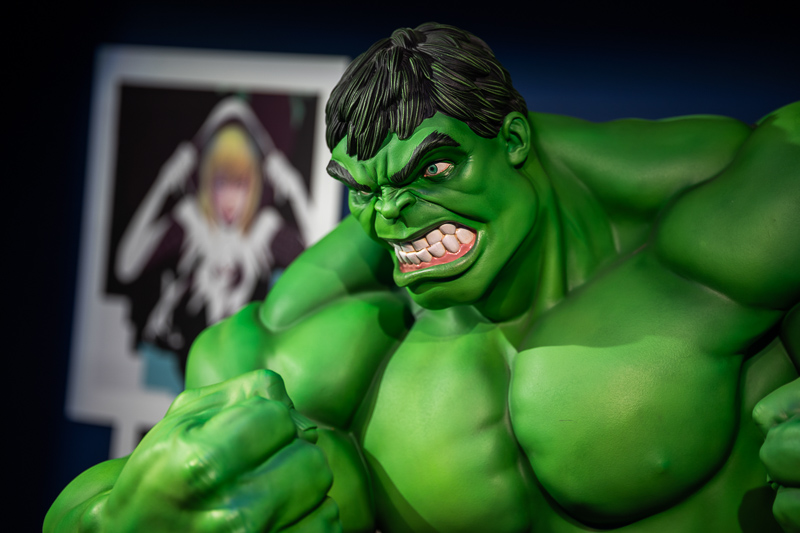



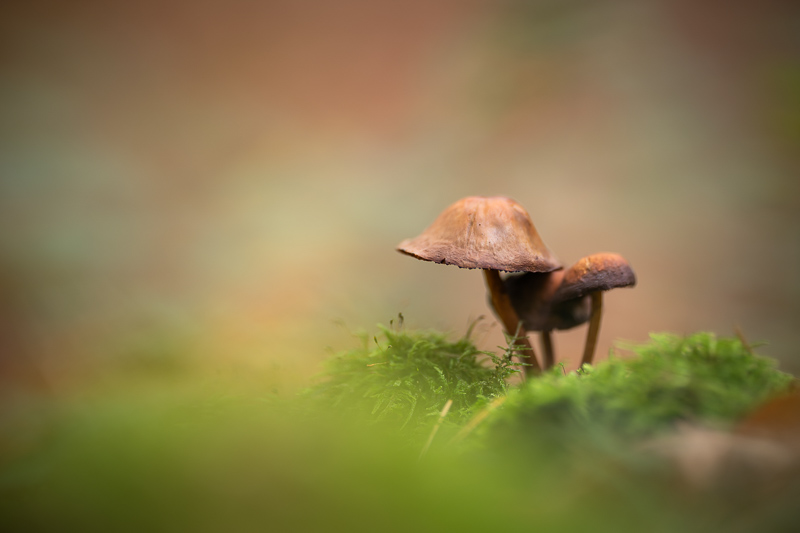
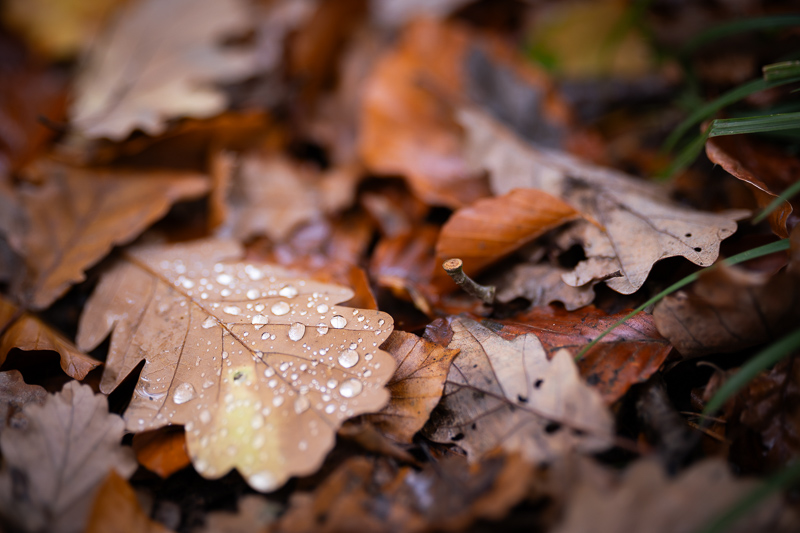
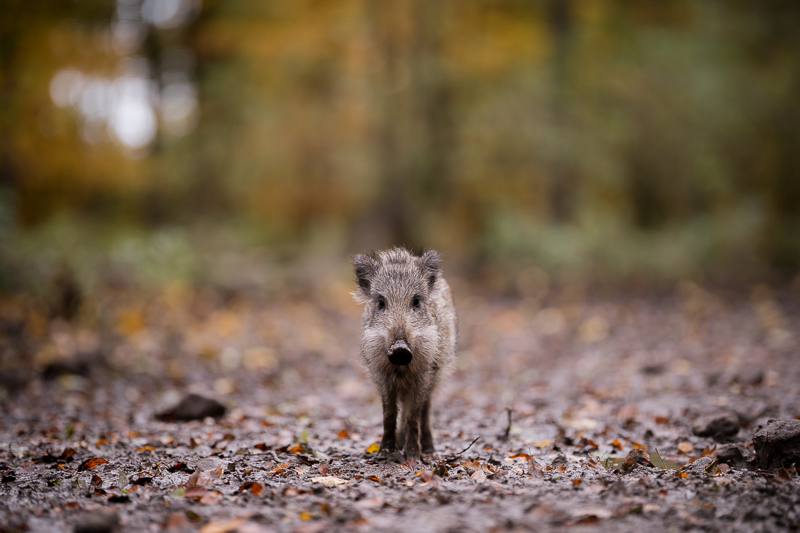



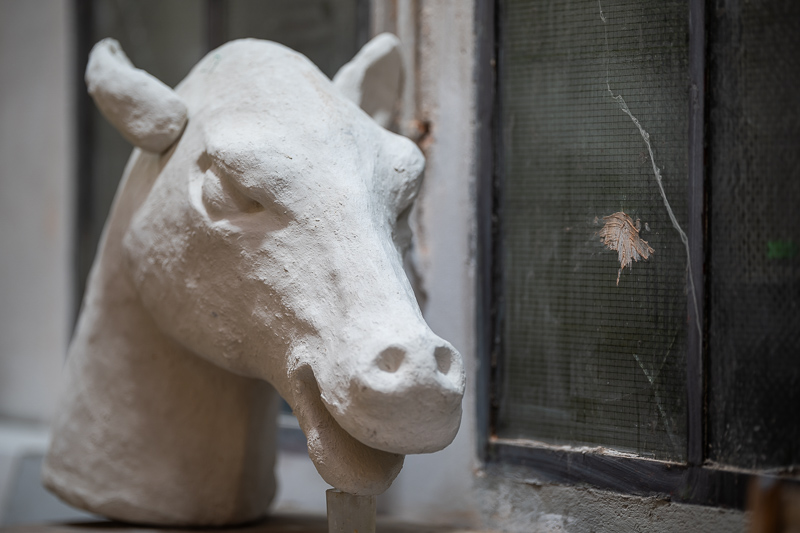

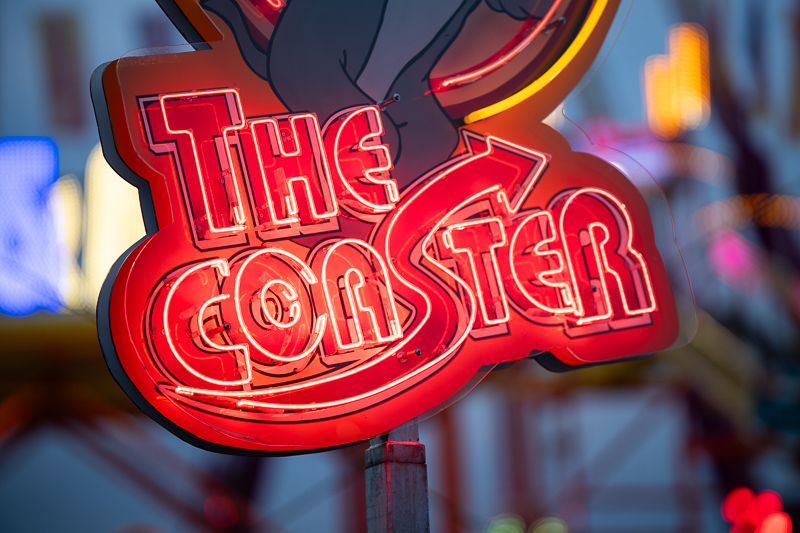



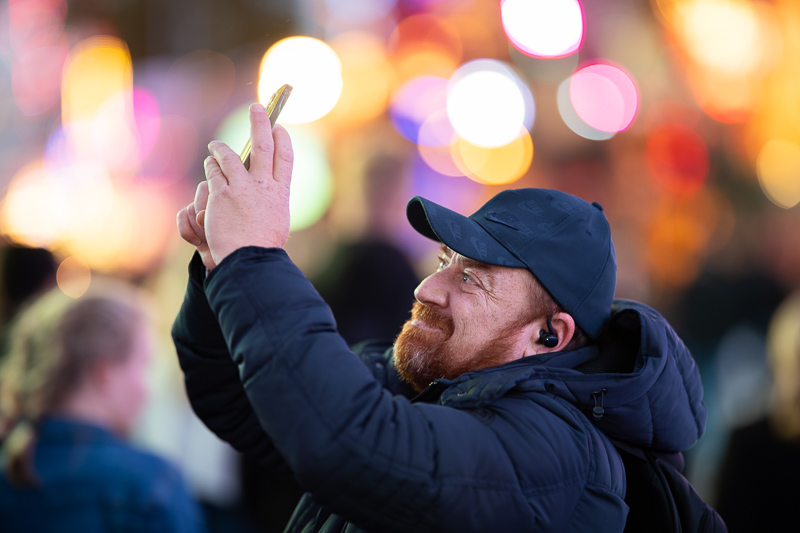

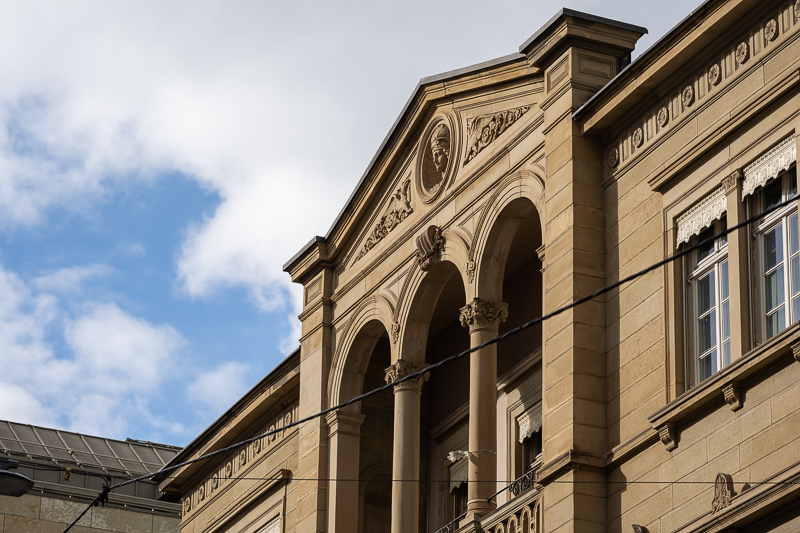

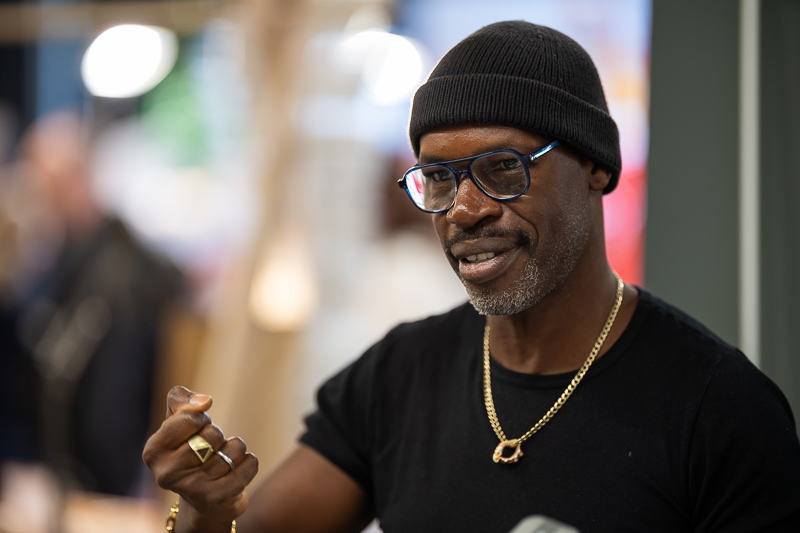
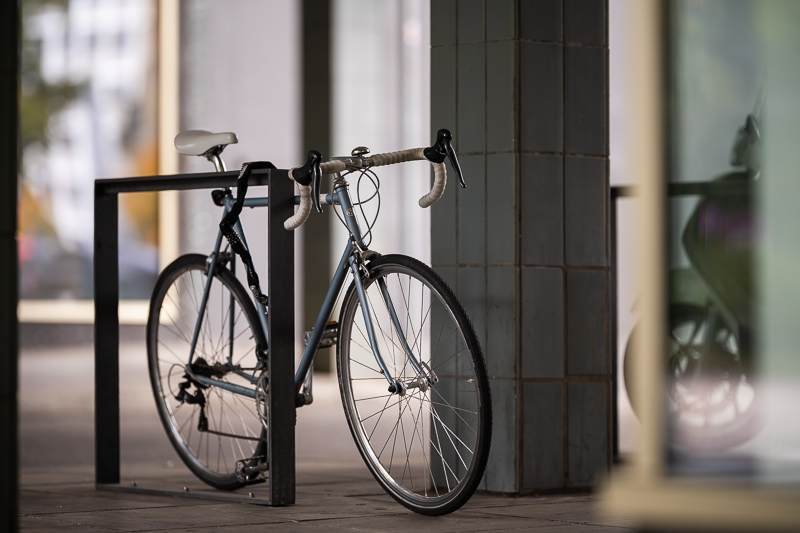
You can find many of the sample images in full resolution here.
Further Reading
- Guide to 85-135mm Portrait lenses
- Bokeh explained
- Review: Laowa 35mm 0.95 – The World’s fastest 35mm lens
- Review: Nikon Z 58mm 0.95 S Noct-Nikkor
- Review: Canon EF 200mm 1.8L USM
- Join our Discord Server
Support Us
Did you find this article useful or just liked reading it? Treat us to a coffee!
![]()
![]()
![]() via Paypal
via Paypal
This site contains affiliate links. If you make a purchase using any of the links marked as affiliate links, I may receive a small commission at no additional cost to you. This helps support the creation of future content.
Latest posts by BastianK (see all)
- Review: Mr. Ding Optics 50mm 1.2 Noxlux Z - November 23, 2025
- Analogue Adventures – Part 46: Fujichrome Provia 400F (expired) - November 19, 2025
- Review: Irix 45mm 1.4 Dragonfly - November 15, 2025












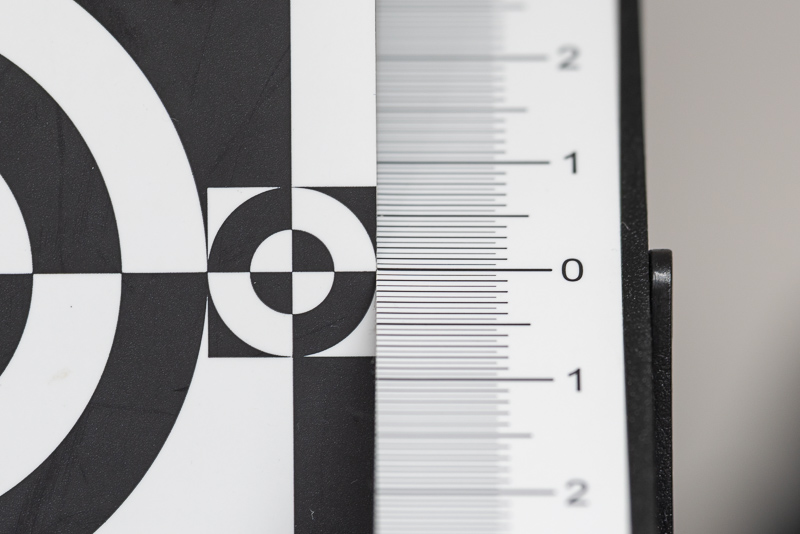
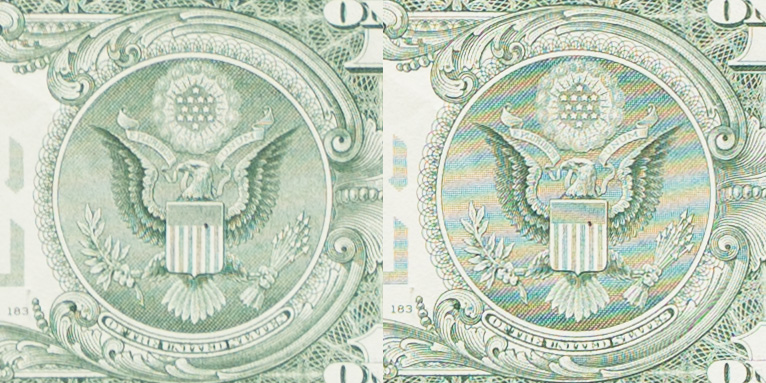





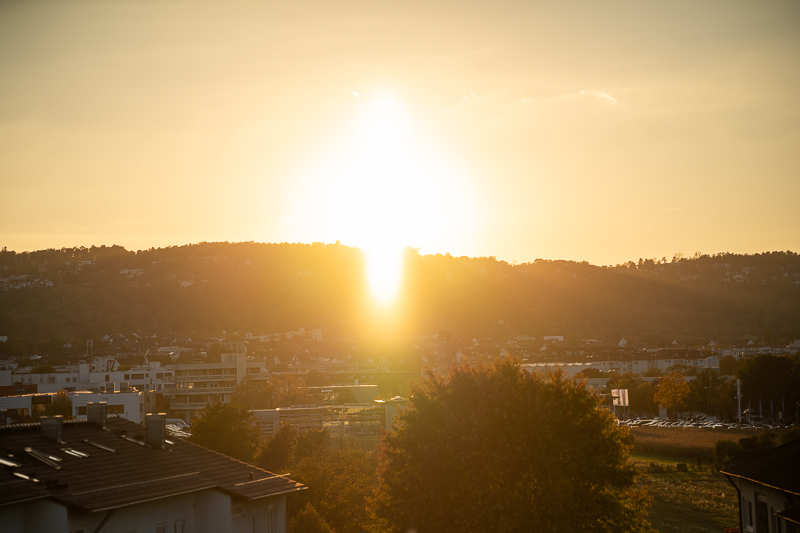








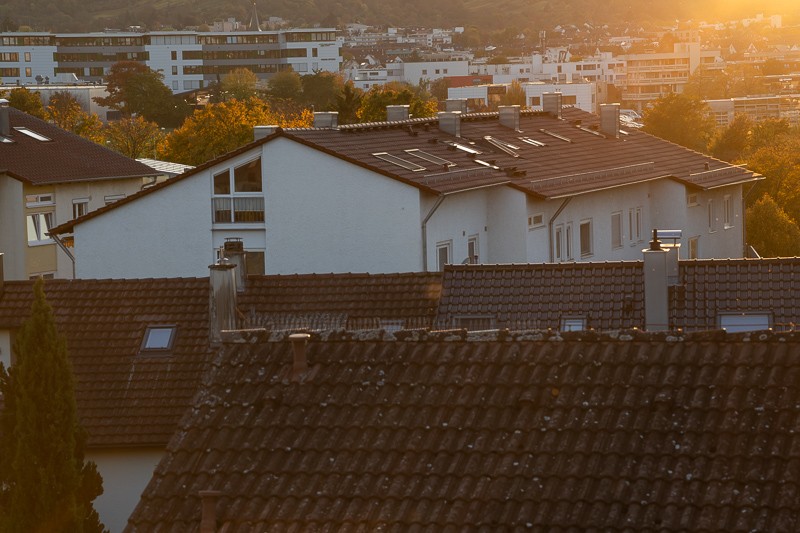

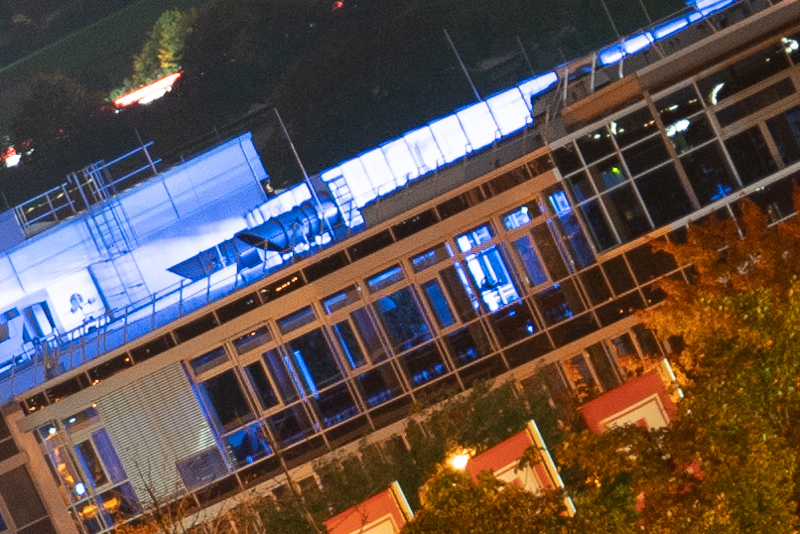



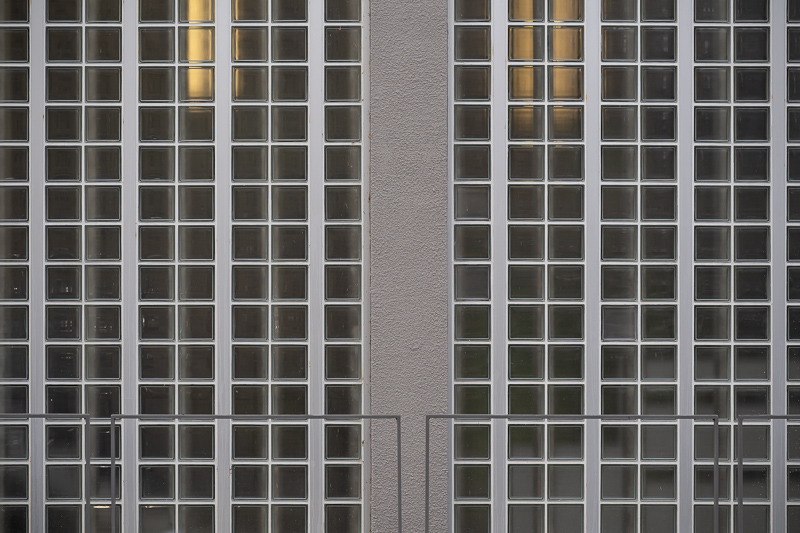





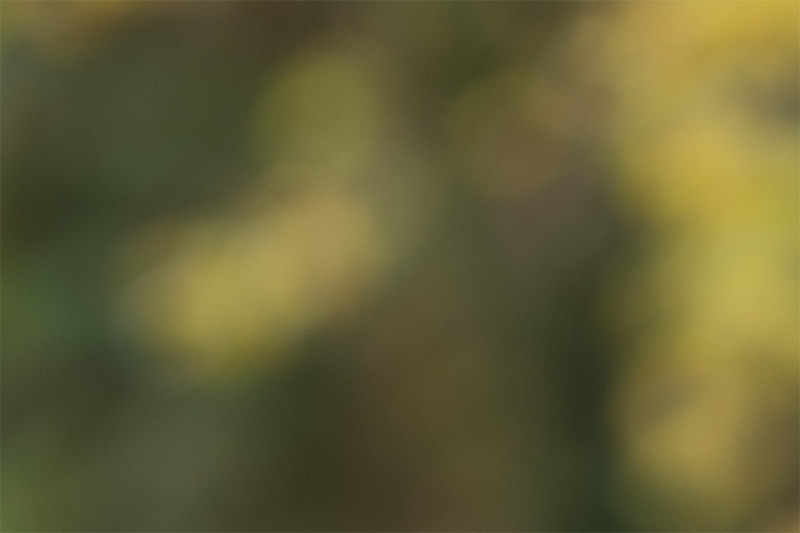
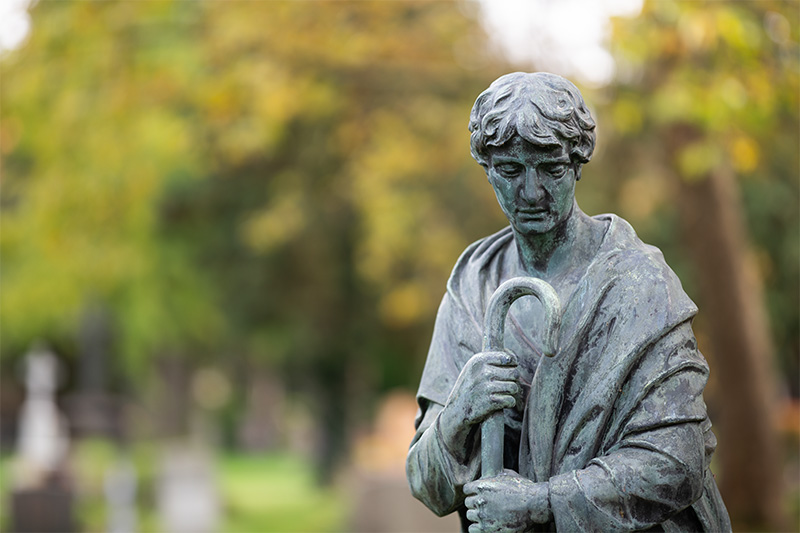


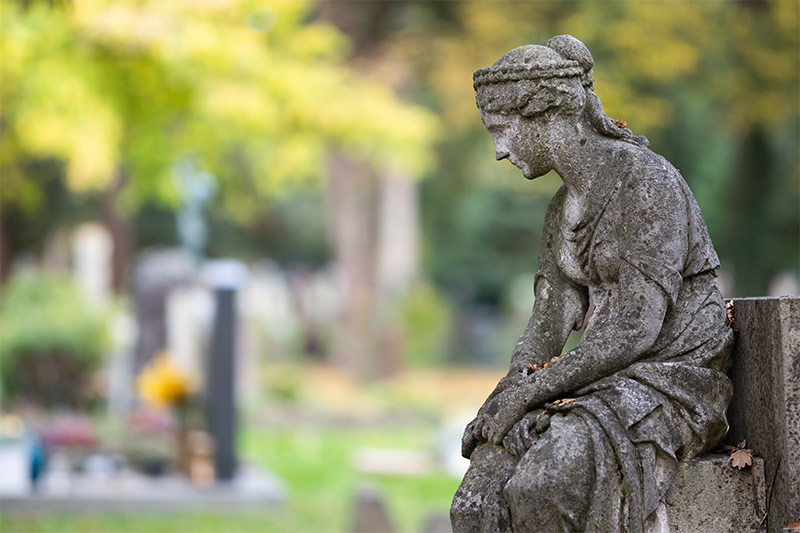



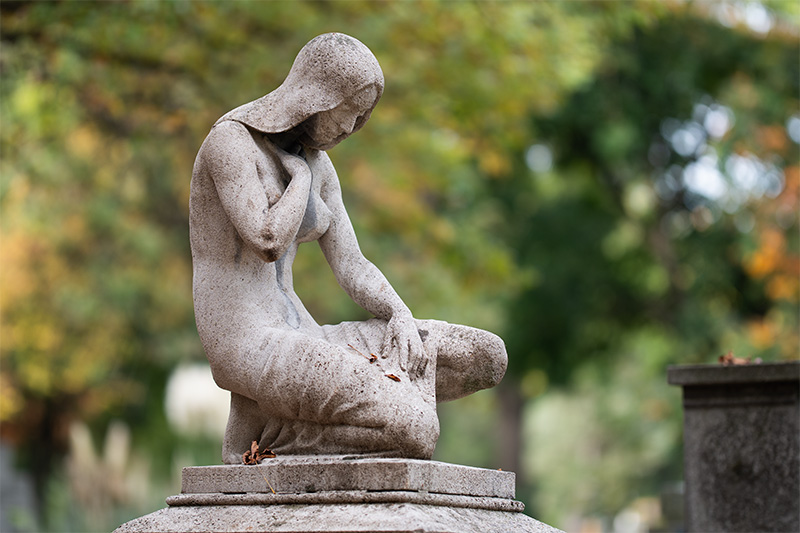



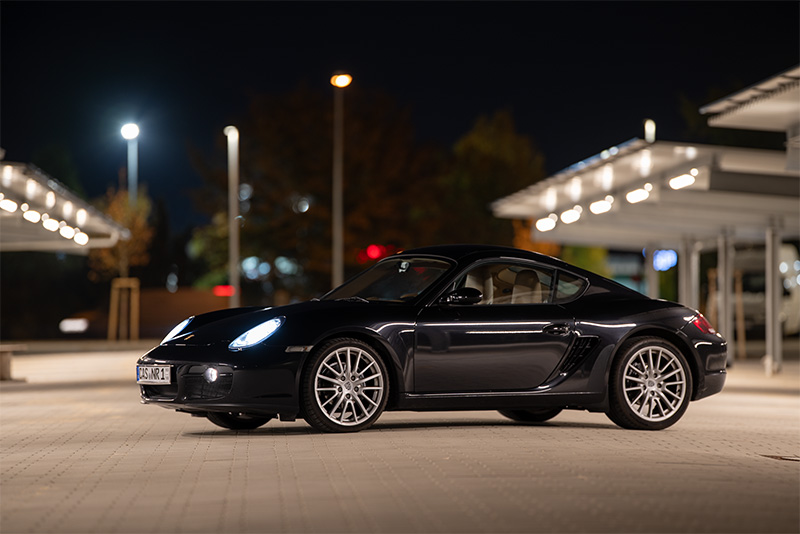





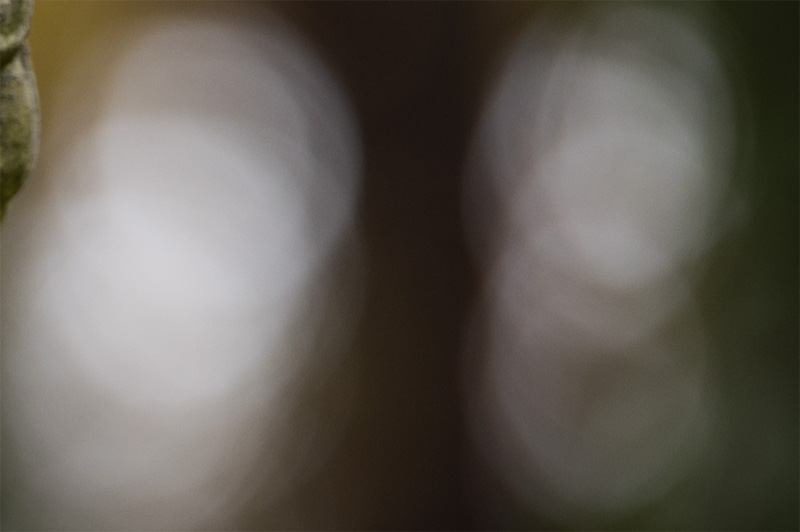

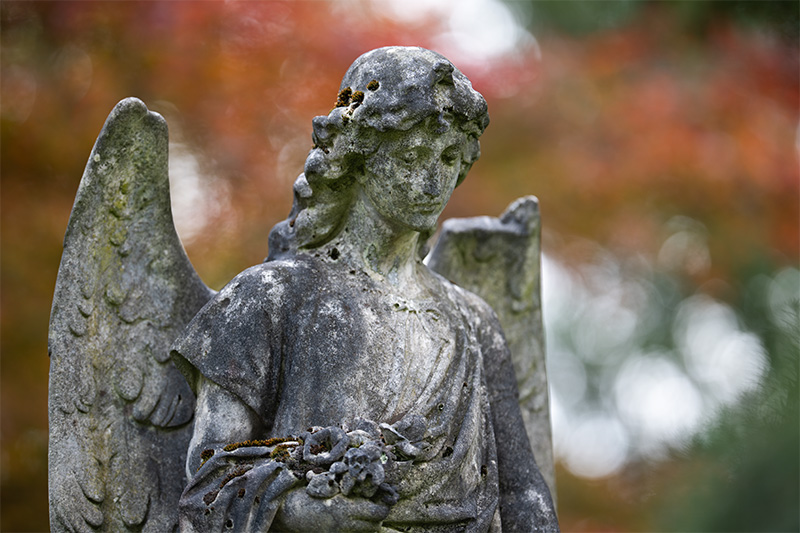


















Stellar images! This lens does make magic and together with well-composed shots I can see why you’d want to deal with the weight. No real alternative. Much better price than the 200/2 as well, as pointed out.
A little like the Sigma 28-45/1,8. Bit of a beast even compared to three primes but changing lenses often or at all is sometimes not feasible or desirable and I like most every shot I’ve seen taken with it.
I’ve no need for any of these (got the SY135, very happy with it), but if I was doing things in a more professional capacity I think I’d favor the 28-45 + 135/1.4 over the 35-150 & 50-150 many event shooters are opting for, tho it would depend on the specific use case.
I enjoyed reading the review and seeing what Sigma is capable of, I’m glad they’re still pushing the envelope like this. I’m also curious what Bastian would pair it with for a wedding, a 50? Something else?
50mm would be too long for me as one of my two main lenses for a wedding. Would (will) pair it with the Viltrox 35mm 1.2.
So you pick the Viltrox over the Sigma 35mm f/1.2 DG II Art? Can you please explain why? Thanks.
I didn’t try the Sigma Mark II yet and I don’t expect any improvement over the Viltrox (except for a better aperture ring).
Makes sense, thanks for sharing! I like shooting 34+135 for fun myself.
It’s a feast to read, even as I will not buy a lens that big and heavy!
I find the amount of out-of-focus too much for what we’re used to seeing in a photo. After all, photography also has its own vocabulary, and we’ve trained this vocabulary by looking at millions of family photos and photos from other photographers over the last 100 years. This enormous amount of blur is uncommon and makes the photo seem fake to me; it simply seems non-standard. These days, it would be easier to dismiss it as generated by software like Photoshop or the “portrait” functions of a cell phone. This is purely a personal observation.
You say ‘generated by software like Photoshop or the “portrait” functions of a cell phone’.
But both try to mimic what lenses can do. What those lenses do looks fake and non-standard as you say. Non-standard is a huge pro to me, as is the amazing look. Blurry backgrounds when looking at something up close is natural. I guess that’s why hyper blurry backgrounds are looking hyper realistic to me, not fake. But sure, taste is in the eye of….
I partially agree with you, but just two points to discuss:
1) Bokeh isn’t “natural” at all; our eyes always see everything in focus (or rather, our brains). Until the invention of photography, no painting of any artistic movement “blurred” the backgrounds in portraits. At most, they darkened the background (vignetting?)
2) I totally agree with considering non-standards as a pro, not a con. It’s why I love extreme wide-angle or fish-eye lenses. But that’s exactly what I was trying to say with my previous comment: these days, that hyper-bokeh effect is associated (at least ordinary people do) with some image processing function, done on a computer or automatically by a smartphone. It’s no longer “uncommon.” A cat-eye, or an onion ring, or a non-blurred effect that lets the hexagons of the aperture blades show through, becomes more uncommon.
No, our eyes can’t focus close by and far away at the same time: hold your finger close and infinity becomes blurry. The same effect can be seen with lenses. And this effect of blurry backgrounds can be seen on a lot of old paintings. But indeed, those painters did not predict bokeh I guess 🙂
ad 1. Our eyes never see everything in focus, only about 1-2% of what you see with your eyes is ‘sharp’, even in one plane, everything else is blurred until you specifically focus your sight there.
You can’t compare paintings to photos as they are completly different mediums, you can literally create anything on a painting:)
Artists used to desaturate the background and make them less detailed, it’s the aerial perspective method. Sometimes the background was almost pure black to make the person stand out (like Caravaggio did). You can clearly see what is in the front and in the background, but these methods work with paints, your photos need a different approach and here we have the addition of bokeh and blurr. Of course we can use some staging, perspective and lights to create depth, but it’s not always possible with photos (and always possible with paintings).
Great review! I am loving the APS-C crops on the A1/A7CR being pretty much a 200/2 and finding that much higher crops are still looking great for wildlife. The tripod collar is a great way to carry the camera around, so I haven’t taken it off yet, but I should try it. Loving bokeh panos with the lens, too. Come on, you know you want to shoot/post some :P.
This is a great review by a photographer not YouTube bandwagon.
Bastian keep up the good work.
This lens is simply stunning and one am likely to add to my arsenal.Acqurring the 50-150 f2 lens has left me with less desire for more lenses but I will be getting g this one for the purpose of possible retirement of my 200mm f2.
Oh, just the best bokeh lens ever
Behind the 200mm 1.8 by canon 😉
And the RF 85mm 1.2…a totally different beast
I wish u tell more on the af performance on nikon zf with the megadap : would u consider a valid option if u had no sony at all?
Tough call. On the Zf I have some reservations. Someone told me on the Z8 it worked really well, but I cannot try for myself.
Megadap has released a firmware update for the ETZ21pro adapter. Focus performance is greatly improved on the Zf with the Sigma 135mm 1.4 with that update so now I can recommend that combination.
It has that cinematic bokeh that we all love so much.
The rendering of the lights in the background is also on par with Zeiss cine lenses.
I think it’s the ultimate reference lens in this discipline.
I sold my beloved Canon 200mm f/2 L for this, and honestly, I never thought it was possible. The performance, weight, size, and even the price are absolutely incredible. I have no regrets at all! Your review reassured me that I made the right choice. Thanks for another great review Bastian, as always.
I have used the 105 and the 85 on my nikons and found them really sharp and beautiful bokeh. both thease lenses are better than my nikons lenses. it’s a shame they are so heavy but I use the 105 on a monopod. The combination of my nikons and sigma give me fantastic results in low light . Although I enjoyed your report I wont be bying anymore heavy sigmas has much has I love them im getting to old to lug them around. 👍
A great lens and a great review – thank you so much, Bastian!
When Sigma announced the 135mm 1.4 Art DG, I wondered into which direction Sigma is going here. Is the new lens a descendant of their 135mm 1.8 Art lens for DSLR cameras – incredibly sharp, neutral and less “creamy” bokeh? Or is it a successor to their 105mm 1.4 Art lens with its smooth bokeh?
Today most manufacturers seem to favour sharpness/resolution over everything else (cf. e.g. what Sony did with the second generation of their 85mm F1.4 GM lens), so I feared Sigma would follow that trend and release “just” a faster version of their 135mm 1.8 Art lens. But they did the unexpected (or even did the impossible ;–)) and released an improved successor to their 105mm 1.4 Art lens – even more blur of the highest, smoothest quality, and at the same time of unrivaled sharpness.
Thank you very much, Bastian, for your careful review and especially for the meticulous comparisons! While YouTubers and Co. have already praised the lens, I do not learn much from their rubbish; your detailed review and excellent photographs really show the strengths and weaknesses of a lens.
Thank you very much Bastian for this perfect review.
But you forgot to answer to one question 🙂
Do you prefer the bookeh of this Sigma 135mm 1.4 or the bookeh of the Sony 85mm 1.4 GM (v1) ?
The focal length is too different for a useful comparison here.
I do like the slightly undercorrected look of the 85mm 1.4 GM and the Nikon 58mm 1.4G, but we won’t be seeing new lenses like that from the big manufacturers any time soon again.
A technically very impressive lens. Due to the “strength” of the bokeh, some sample images appear somewhat disconnected between the sharp area and the background. Image no. 3 (Oktoberfest?) in particular looks as if it were taken in a studio with what I’d call a “bokeh wallpaper” behind it. For my taste, it’s a bit too much of a good thing.
Agreed. See my comment somewhere above.
This is the best site you can find for the lenses. The most detailed reviews and you can actually see how the lens perform. I’m following this site for the last 8 years and can’t find any better source for the lenses. Sadly, I know you cant review all lenses out there bit it is what it is.
Waiting for Plena vs Art comparison 😀
Keep up the good work!
Whoever wants to send a Plena my way will gladly receive my address 😄
very good review indeed. I have the Nikon Plena, Sigma Art 135mm 1.8, 105mm 1.4 and the Zeiss Apo 135mm, all also used for demanding astrophotography (stefan_lenz_astro on insta are examples, low resolution though). For easy travelling I aquired a used Nikon Z7, had it astromodded and use it with the Plena: a dream. Great coma/asti correction and, most important, little vignetting (about 0.6 ev). So when the new 135mm f/1.4 has 1.9 ev, the Plena is far superior in astro here. No Flats needed either and straight forward mosaics with it. Here the new 200mm/2.0 with from what I read about 1 ev vignetting is quite ok again
If you count no longer in production lenses, the actual Bokeh Master is still the Eye of Sauron…200mm 1.8 😉
and the RF 85mm 1.2 falloff is also above what this lens can do.
I have used that lens and no, not really.
Canon’s lenses from that era are only optimized for resolution and contrast, never for pleasing out of focus areas.
I take the Nikon AF-S 200mm 2.0G VR IF ED over the Canon 200mm 1.8 every day.
And if you are only looking for the biggest entrance pupil that would be either the Olympus 250mm 2.0 and if you care even less about the focal length the Nikon 300mm 2.0.
You have used the lens sure……even if thats the case, have you compared them side by side?
Obviously NOT or your recollection is faulty as I had both Nikon and the 1.8 and bokeh was smoother on the 1.8 (except when stopped down)
So perhaps, avoid making comments of things you have not compared side by side. It affects your reputation and puts into question everything else you claim. 😉
Like you just a week ago falsely claimed the Laowa 200mm 2.0 has a worse f/Stop than the Canon EF 200mm 2.8 at close distances without ever having handled the Laowa?
Yeah, not sure I am going to take any advice from you.
great images.
i noticed photos of toddlers in more than one lens review lately, so i wonder if you have added lenses specifically for photographing small kids. from my experience theres 2 focal lenghts especially useful, which is a fast 35mm for indoors and when interacting with the child. And a fast 135mm when trying to photograph them unnoticed at play.
maybe you might share you thoughts.
For me it is 28/35 in combination with 85/105/135. Within these two groups I don’t have very strong preferences.
Lovely images. If you have time to spend on photography and can afford the lens, this could be a lot of fun.